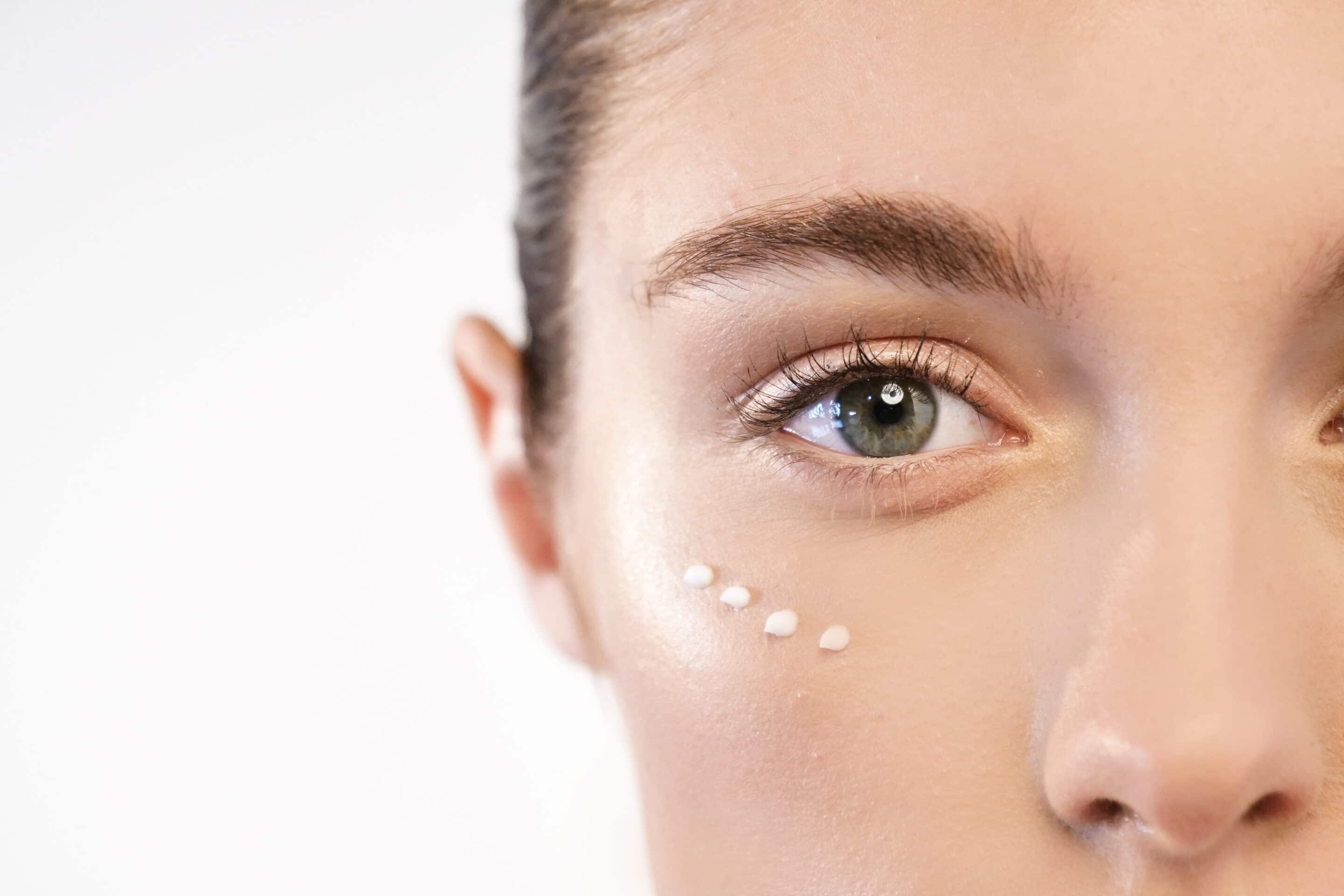The Full Federal Court has held a supplier of cosmetic products (Self Care) liable to Allergan for infringing its BOTOX trade mark and for misleading or deceptive conduct. In doing so, the Court reached novel conclusions as to circumstances in which the comparative advertising defence will not apply to what is ostensibly comparative advertising.
Background
Allergan supplies the well-known Botox anti-wrinkle injections to consumers in Australia under trade marks including a BOTOX word mark, which is registered in class 3 and includes anti-wrinkle creams. Self Care sold anti-wrinkle creams in Australia using the marks “Protox” and “Inhibox”. The Inhibox cream was marketed as an “instant Botox® alternative”.
At first instance, Justice Stewart dismissed Allergan’s case that the “Protox” and “instant Botox® alternative” marks infringed the BOTOX word mark, as well as all but one of Allergan’s Australian Consumer Law allegations. Allergan appealed.
Trade mark infringement
Stewart J had found that most consumers on seeing an anti-wrinkle cream called Protox would immediately have been reminded of BOTOX, but that the two words were sufficiently distinct so as not to be confused with one another. The Court explained that the correct question was whether the Protox mark would confuse consumers as to whether Protox came from the same source as Botox, not whether consumers would confuse the two marks. It found that some consumers were likely to have wondered whether PROTOX was an alternative product offered by the suppliers of BOTOX, perhaps targeted to those who did not like injections or who wanted the convenience of a home treatment, or to improve or prolong the results of BOTOX. The Court therefore considered there was a real risk of confusion as to source and that “Protox” was deceptively similar to BOTOX.
In reaching this conclusion, the Court noted the finding of Stewart J that ”Protox” had in fact been chosen because it would remind consumers of BOTOX, and that there was an intention to capitalise on BOTOX’s reputation. Although the Court did not go so far as to find an intention to cause confusion, it noted the “rule” in Australian Woollen Mills that where a mark is adopted for appropriating the reputation of a rival, it should be presumed to be fit for that purpose.
Concluding that the “instant Botox® alternative” statement also infringed, the Court held that:
- the statement was not being used in a purely descriptive way, and was used prominently in the advertising relative to “Inhibox”, which indicated that it had been used as a trade mark;
- although the use of two descriptive words around Botox® made the mark less similar to BOTOX, that was not enough to avoid the real risk that consumers would wonder whether the product had a common origin with Botox;
- none of Self Care’s defences could apply to the statement because the fact that it could cause consumers to wonder whether the product came from the same source as Botox precluded the statement merely indicating the intended purpose or characteristics of the product or its use in comparative advertising; and
- the comparative advertising defence additionally did not apply because the words “instant” and “alternative” had not been used to compare the Inhibox and Botox products, but to leverage off Botox’s reputation, and this subjective intention was inconsistent with the application of the comparative advertising defence.
Misleading or deceptive conduct
Marketing Inhibox as an “alternative” to Botox constituted a representation that Inhibox was as effective as Botox at treating wrinkles. Allergan did not significantly challenge Stewart J’s decision that it was not misleading or deceptive to assert that Inhibox reduced the appearance of wrinkles to a similar extent as Botox. However, Allergan disputed Self Care’s grounds for asserting that Inhibox’s anti-wrinkle effects were as long-lasting as those of Botox. Self Care had no evidence to support this assertion. It followed that Inhibox was not a true alternative to Botox and Self Care’s representation to this effect was misleading or deceptive.
Analysis
The most significant legal development in this judgment may be the reasoning behind the Court’s decision that the statement “instant Botox® alternative” infringed the BOTOX trade mark.
The Court appeared convinced that the statement was not a genuine comparison of the attributes of competing products, but rather had been used as a trade mark. The brevity of the statement and its prominence relative to other trade marks on the packaging or in advertisements were key to this conclusion. Furthermore, the Court’s conclusion was that where ostensible comparative advertising could cause consumers to wonder whether the product being advertised comes from the same source as the rival product, the comparative advertising defence will not apply.
To date, there have been few cases in Australia on the comparative advertising defence to trade mark infringement, leaving would-be advertisers with little guidance in this area. Where the topic has arisen, there has often been a focus on the accuracy of the comparisons made, rather than the question of whether use of the competitor’s mark was use as a trade mark or was likely to cause consumers to wonder whether there was a connection, given that the purpose of comparative advertising is generally, at least in part, to provide a favourable comparison with the competitor’s product.
However in light of the Court’s decision in this case, advertisers would be well advised to take considerable care when using a rival’s mark in any context. In particular, those wishing to market their product in Australia as having improved or comparable attributes to an existing product should ensure that comparisons are of sufficient length to be meaningful comparisons of attributes and that the comparison is not so prominent as to potentially be considered to be acting as a trade mark.
It further appears that the subjective motivation of the advertiser is potentially relevant to the issue, notwithstanding that the comparative advertising defence does not include a ‘good faith’ element. Accordingly, discovery of documents relevant to the advertiser’s intention may be part of comparative advertising trade mark disputes going forward.

Naomi Pearce
CEO, Executive Lawyer (AU, NZ), Patent Attorney (AU, NZ) & Trade Mark Attorney (AU)
Naomi is the founder of Pearce IP, and is one of Australia’s leading IP practitioners. Naomi is a market leading, strategic, commercially astute, patent lawyer, patent attorney and trade mark attorney, with over 25 years’ experience, and a background in molecular biology/biochemistry. Ranked in virtually every notable legal directory, highly regarded by peers and clients, with a background in molecular biology, Naomi is renown for her successful and elegant IP/legal strategies.
Among other awards, Naomi is ranked in Chambers, IAM Patent 1000, IAM Strategy 300, is a MIP “Patent Star”, and is recognised as a WIPR Leader for patents and trade marks. Naomi is the 2023 Lawyers Weekly “IP Partner of the Year”, the 2022 Lexology client choice award recipient for Life Sciences, the 2022 Asia Pacific Women in Business Law “Patent Lawyer of the Year” and the 2021 Lawyers Weekly Women in Law SME “Partner of the Year”. Naomi is the founder of Pearce IP, which commenced in 2017 and won 2021 “IP Team of the Year” at the Australian Law Awards.

Kate Legge
Special Counsel, Lawyer
Kate is an experienced IP and patent lawyer, providing IP leadership for pharmaceutical product development and commercialisation in global markets – from initial scoping through to post-launch.
She has developed and implemented global IP strategies over more than 15 years at multi-national pharmaceutical companies. She is an Australian qualified and registered legal practitioner, and has a Master’s degree in IP Law and a BSc in biochemistry.

